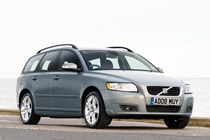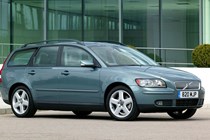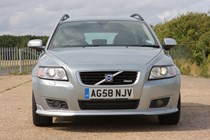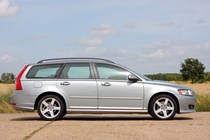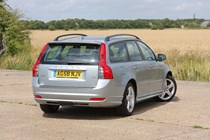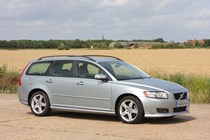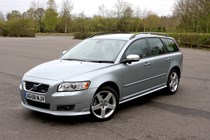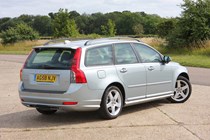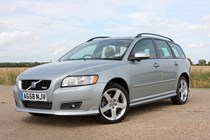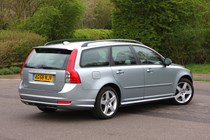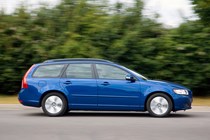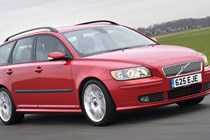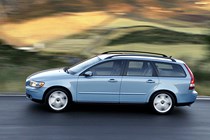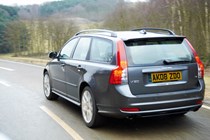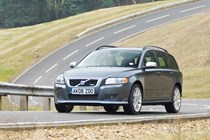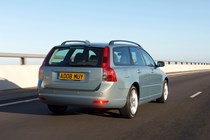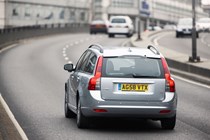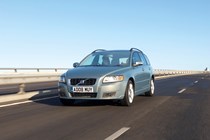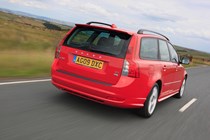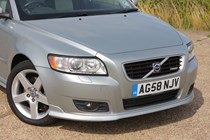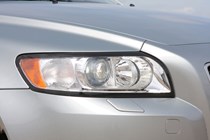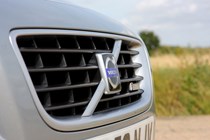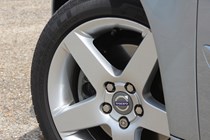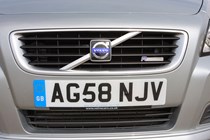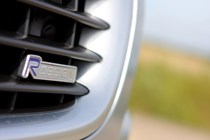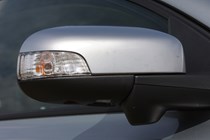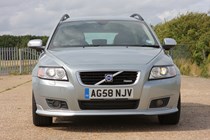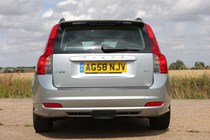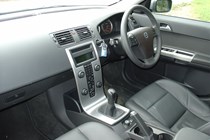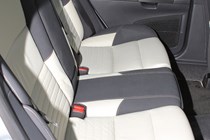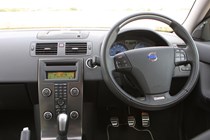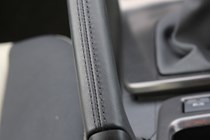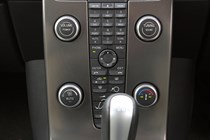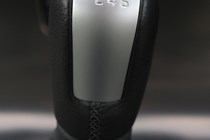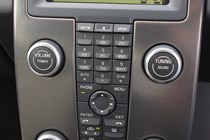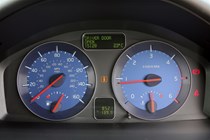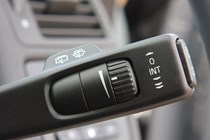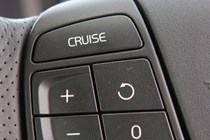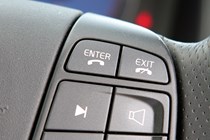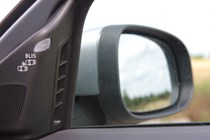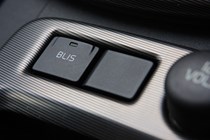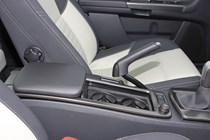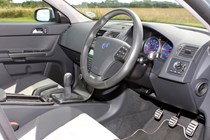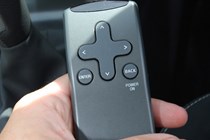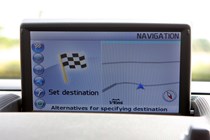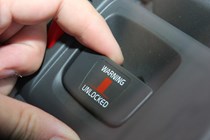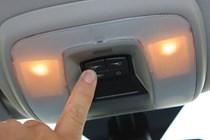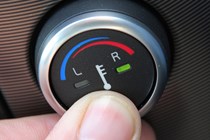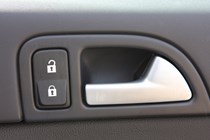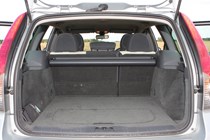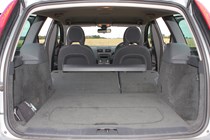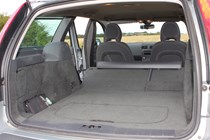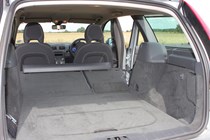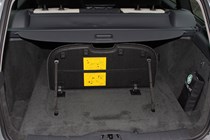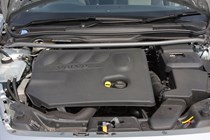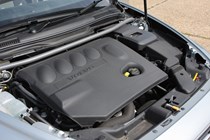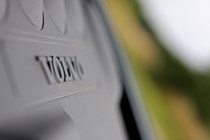
Volvo V50 Estate (2004-2012) engines, drive and performance
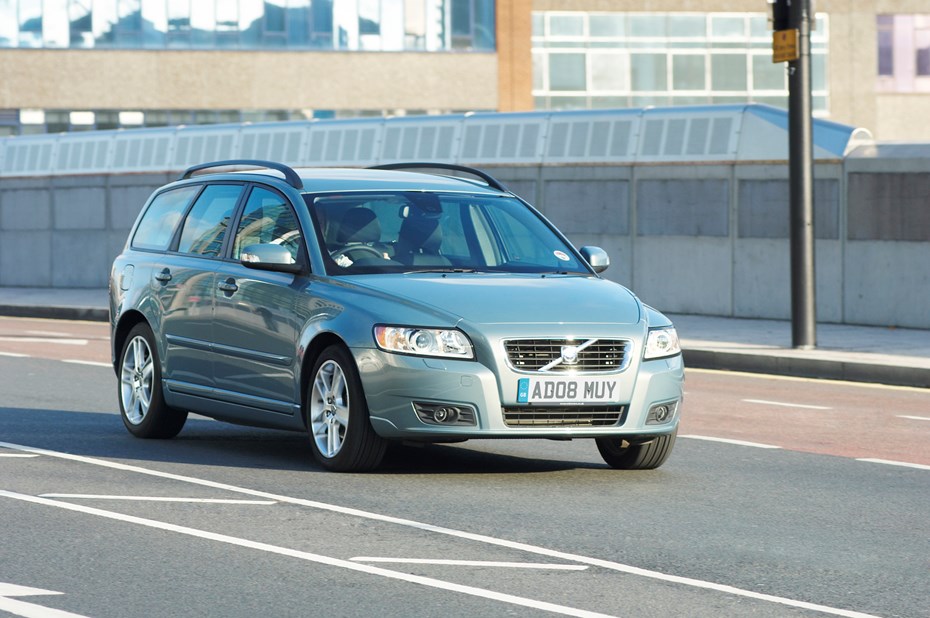
There have been a number of engine line-up changes for this model so Volvo V50 performance is varied according the age of the car. The latest line-up comprises a 113bhp 1.6-litre diesel, a 149bhp 2.0-litre diesel and a 143bhp 2.0-litre petrol. The headline-grabbing engine in the V50 range is the low-emission 1.6-litre diesel in DRIVe models. The DRIVe version features the 113bhp diesel engine with modified gear ratios to improve fuel consumption and reduce carbon dioxide emissions.
First and second gears are unchanged, so it’s just as responsive as the earlier versions of the car, but in higher gears, drivers could be caught out if they think pushing the accelerator further will deliver the swell of diesel pulling power – changing down a gear is usually needed. On the plus side it’s incredibly economical and with an engine stop/start system CO2 emissions drop to just 99g/km while economy is an impressive 74.3mpg.
Previously there was a 100bhp 1.6-litre petrol but the newer diesel feels much livelier. There was also a 125bhp 1.8-litre in the line-up, which was refined and feels keen, while the 143bhp 2.0-litre petrol is smooth and well suited to motorway life. A 170bhp 2.4 petrol in earlier models isn’t much quicker than the later 2.0-litre, but is much thirstier, so it is no surprise that it was discontinued in 2008.
The 2.5-litre T5 with 220bhp (230bhp from late 2007) is very quick: 0-62mph in 6.9 seconds and a top speed of 146mph. A 2.0-llitre diesel with 136bhp will be quick enough for most buyers’ needs, yet should achieve close to 50mpg but that wasn’t on the latest models. The hot diesel option is a 180bhp D5 – also on earlier models – and it has immense pulling power from low down.
It is great for motorway driving and overtakes effortlessly too. It manages the 0-62mph sprint in 8.0 seconds while still returning 45mpg.
The V50 certainly feels nimble, especially if you’re used to the traditionally vague handling characteristics of Volvos of old and although it’s composed and tidy, it lacks the sparkle of some other estates. On more demanding roads its shortcomings are evident – the steering is too light and lacks feel. That said body roll is kept well in check although the pay-off is a somewhat fidgeting ride over rough roads.
But when cruising on the motorway it’s smooth and refined. In August 2008 a new Powershift automatic gearbox was introduced that uses two clutches to provide smooth and snappy changes. Available only with the 2.0-litre diesel engine, the six-speed unit offers economy and emissions close to the manual version, but does seem to sap some of the engine’s in-gear punch.
Low-emission DRIVe versions come with lower suspension than standard cars, which, while improving aerodynamics, helps reduce the car’s centre of gravity and make it feel more responsive when cornering.


